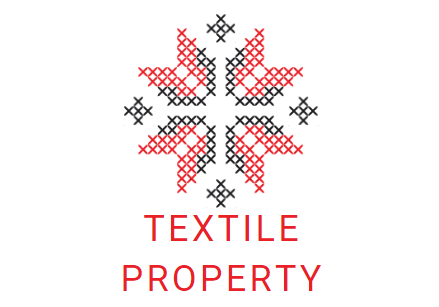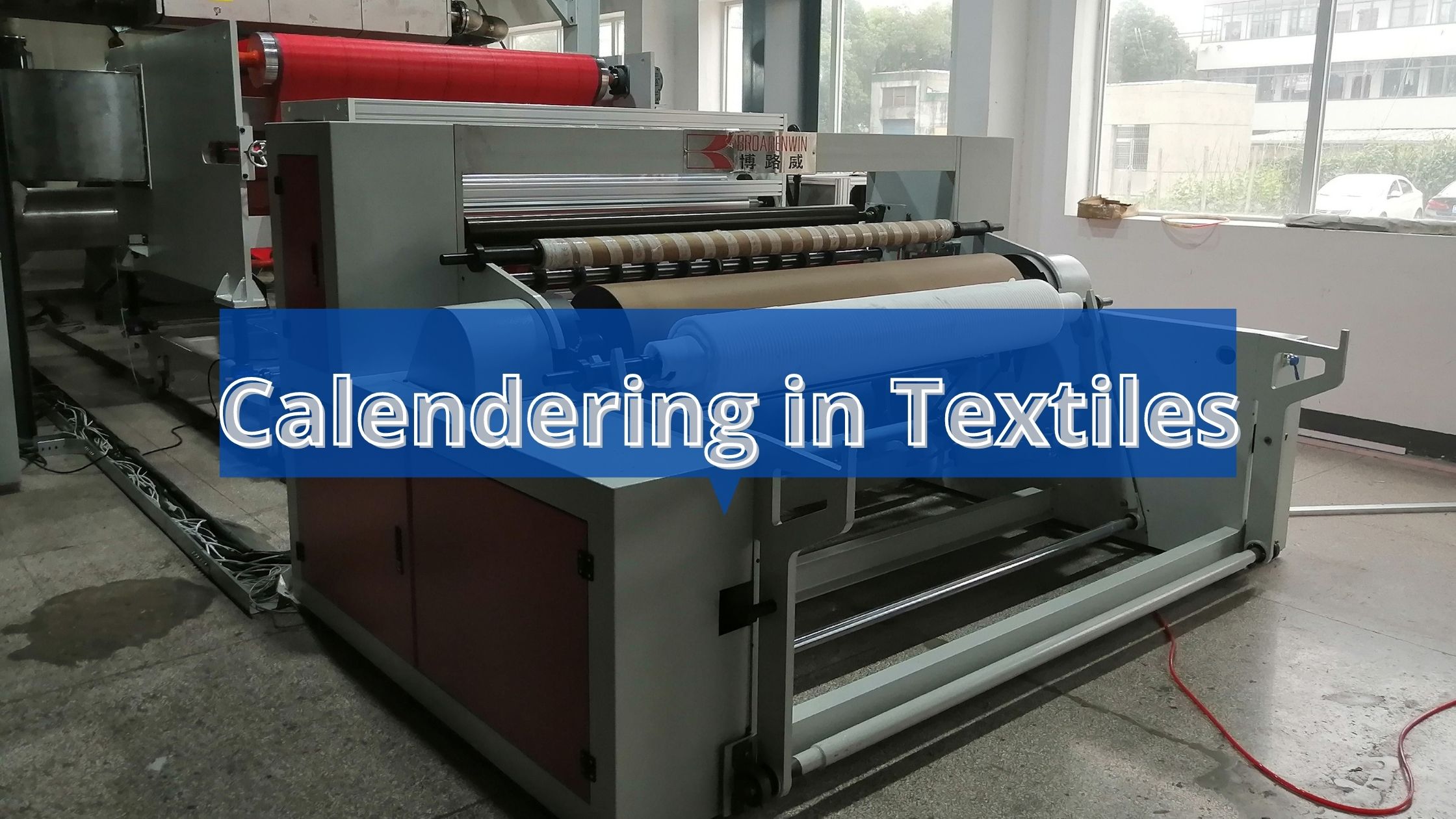With the simultaneous action of temperature, force and moisture, the surface of the textile substrate are modified. This simultaneous action is called calendering. Calendering in textile may simply be achieved while passing the textile substrate in between two heated drums or rollers. The rotation speed and pressure of the heated drum may be varied according to the need.
There are different types of textile finishes. Among them calendaring is a mechanical finishing process. You can definitely beautify your fabric by calendaring.
Without any further due, let’s find out the calendaring process. Wanna know how is it done?
The effect of calendering is achieved by ironing. Ironing makes the fabric crease free. Not only calendaring process makes the fabric crease-free but also it does a lot-
10 facts on Calendering in Textile
- Provides highly lustrous appearance on the fabric surface.
- Provides smooth, glossy and silky touch to the fabric.
- Increases fabric cover factor
- Compress fabric and reduce thickness
- Causes a closing to-gather of the threads by flattening them & thus tending to fill up the inter stiches between warp and weft.
- Reduce air permeability by changing its porosity
- Increase opacity of fabric
- Reduce yarn slippage
- Flattens slubs
- Consolidation of non-woven
How calendering is carried out?
When wet process is carried out on fabrics, the fabric loses its luster and remains at creased form. To compensate this problem, calendering is carried out.

Fig: Path diagram of calendaring process
3 main elements of calendering
- Heavy pressure
- High temperature
- A suitable degree of dampness
Damping can be achieved in 3 ways:
- Brush damping
- Spray damping
- Damping by steam
Calendering machine construction
- Calendering machine consists of two or more massive rollers which are compressed by means of hydraulic or pneumatic pressure and have high temperature.
- The most important factor in calendar design is the composition of the rollers and the surface characteristics of these rollers.
- One roller is considered as the pattern roller and is responsible for finished appearance of the fabric.
- While the other roller is called ‘bowl’ and serve to transport the fabric through the m/c. Number of bowls 2-7.
- Normally no of bowls 3, 5, 7 with the most common being the three-bowl calendar. Number of bowls are more for heavy or jute fabrics.
- Two types of bowls are used:
1. Metallic (1/2 inch metal wire on bowl)
2. Compressed material (1/2 inch rubber or synthetic leather on bowl)
- Metallic and compressed bowl should be placed by one after another, otherwise fabric should be cut.
- However, a lot of modern calendars are made with thermoplastic thick covering which is usually Nylon 6. These are less liable to damage from knots, seams and creases.
- Nylon 6 covered rollers often enable the required effects to be achieved in a single nip thus reducing the overall number of bowls.
- Metallic bowl should be rotate with positive motion by gear to prevent slippage but compressed materials bowl should be rotate with surface contact.

Fig: Calendaring machine
Image Source: sosopoetry
Different types of Calenders
- Swizzing calender
- Chasing calender
- Compaction calender
- Embossing calender
- Friction calender
- Schreiner ccalender
To Wrap up!
Calendering process plays an important role in textile finishing. Without this fabrics are unable to sell in market as if it is not done, the fabric will lose its appeal.
You may also check: 6 Types of Calendering process in Textiles!

